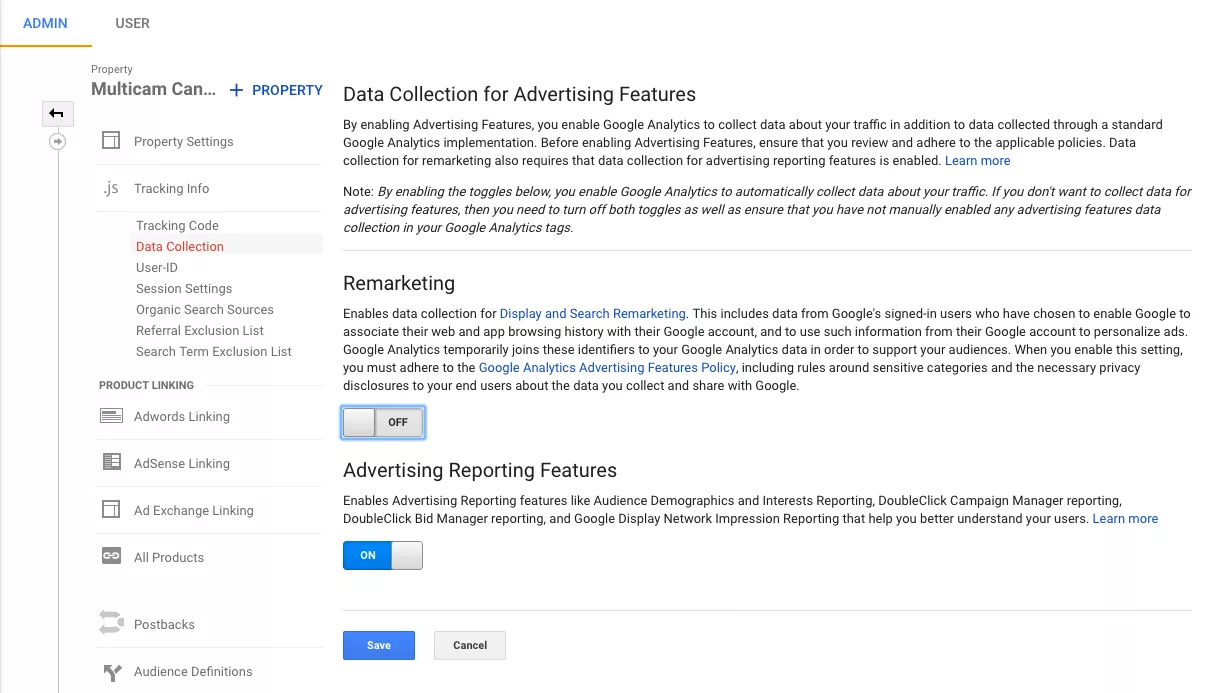Maximize Your ROI With Remarketing in Google Analytics
By using the power of customer information and customizing advertisements to certain target market sectors, businesses can substantially magnify their conversion prices. The journey to making best use of ROI through remarketing is a nuanced path led with insights and chances that can reshape the trajectory of your marketing ventures.
Recognizing Remarketing in Google Analytics
Understanding remarketing in Google Analytics is vital for enhancing your electronic advertising and marketing approach. Remarketing allows you to target customers that have actually formerly seen your site or connected with your application, offering them with customized ads as they search various other sites or utilize other apps within the Google Show Network. This method assists maintain your brand name top of mind and urges users to go back to your website, ultimately boosting the possibility of conversion.
By making use of Google Analytics, you can track the efficiency of your remarketing projects, getting beneficial understandings into individual actions, involvement, and conversions. This information enables you to improve your messaging, targeting, and bidding strategies to improve the overall efficiency of your projects.
Additionally, recognizing the different sorts of remarketing checklists readily available in Google Analytics, such as common, vibrant, and comparable target markets, allows you to create very fractional and personalized projects tailored to particular user segments. This degree of granularity can considerably boost the importance and impact of your remarketing efforts, ultimately maximizing your roi.
Establishing Up Remarketing Listings
To efficiently apply remarketing projects in Google Analytics, the preliminary action entails developing and setting up remarketing checklists targeting specific individual segments based upon their interactions with your site or app. By establishing up remarketing checklists, you can tailor your advertising and marketing efforts to reach individuals who have already revealed interest in your product and services.
To start, browse to the Admin section of your Google Analytics account and choose the Residential property where you desire to develop the remarketing listing. Under the Residential or commercial property column, click on 'Target market Definitions' and select 'Audiences.' Next off, click on the red 'New Audience' switch and choose 'Create New' to specify the parameters for your remarketing listing.

Crafting Effective Remarketing Advertisements

When crafting your ads, concentrate on developing attention-grabbing headlines and engaging visuals that stand apart to prospective customers. Incorporate solid calls-to-action that urge customers to review your site and finish a wanted action. Utilize dynamic remarketing to show tailored advertisements including items or services that individuals have actually previously viewed on your website.
Additionally, ensure that your ads are mobile-friendly since a significant part of internet website traffic originates from mobile phones. Examination different ad variations to determine which layouts and messages drive the most helpful resources effective results. By constantly refining and optimizing your remarketing ads based on performance information, you can maximize their effectiveness and enhance your roi.
Studying Remarketing Performance

With Google Analytics, online marketers can track the performance of their remarketing projects in real-time, enabling them to identify trends, patterns, and locations for improvement quickly. By examining the data, online marketers can figure out which advertisements are executing well, which target market sectors are reacting positively, and which channels are driving one of the most conversions. This level of granularity makes it possible for marketers to make data-driven decisions to maximize their remarketing projects for much better outcomes.
Enhancing ROI With Remarketing
Analyzing remarketing information in Google Analytics makes it possible for online marketers to pinpoint opportunities for enhancing roi (ROI) via strategic modifications - What Is “Remarketing” In Google Analytics?. To maximize ROI with remarketing, it is crucial to recognize the actions of your audience. By analyzing user communications, such as the pages they visited, the products they viewed, or the activities they took on your site, you can tailor your remarketing campaigns extra properly
Segmenting your audience based on their habits allows you to create personalized and targeted ads that are much more most likely to reverberate with them. By showing pertinent ads to specific sections of your audience, you can increase the Visit Website opportunities of conversion and eventually enhance your ROI.
Additionally, checking various ad creatives, messaging, and deals can assist recognize what reverberates ideal with your audience. A/B screening permits you to explore different components of your ads to establish what drives the highest possible involvement and conversion prices.
Conclusion
To conclude, optimizing ROI with remarketing in Google Analytics calls for a tactical method to analyzing user actions, segmenting target markets, producing customized advertisements, and optimizing project performance. By leveraging data-driven insights and checking different approaches, companies can improve their remarketing efforts to drive higher involvement and conversion rates. This organized strategy ensures that sources are effectively allocated towards making best use of returns on financial investment in remarketing projects.
Next, click on the red 'New Target market' button and pick 'Produce New' to specify the criteria for your remarketing checklist.
By constantly refining and enhancing your try these out remarketing ads based on efficiency data, you can optimize their efficiency and enhance your return on investment.
By delving right into these insights, online marketers can get a comprehensive understanding of exactly how their remarketing initiatives are resonating with their target audience and driving conversions. To maximize ROI with remarketing, it is important to comprehend the habits of your audience.In conclusion, making the most of ROI with remarketing in Google Analytics calls for a calculated approach to assessing individual behavior, segmenting audiences, producing tailored advertisements, and enhancing project performance.